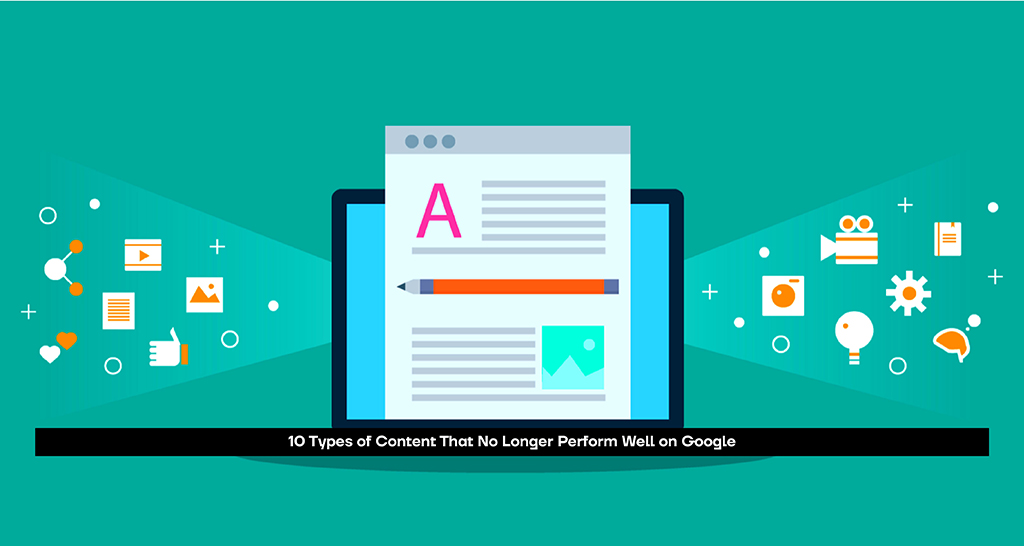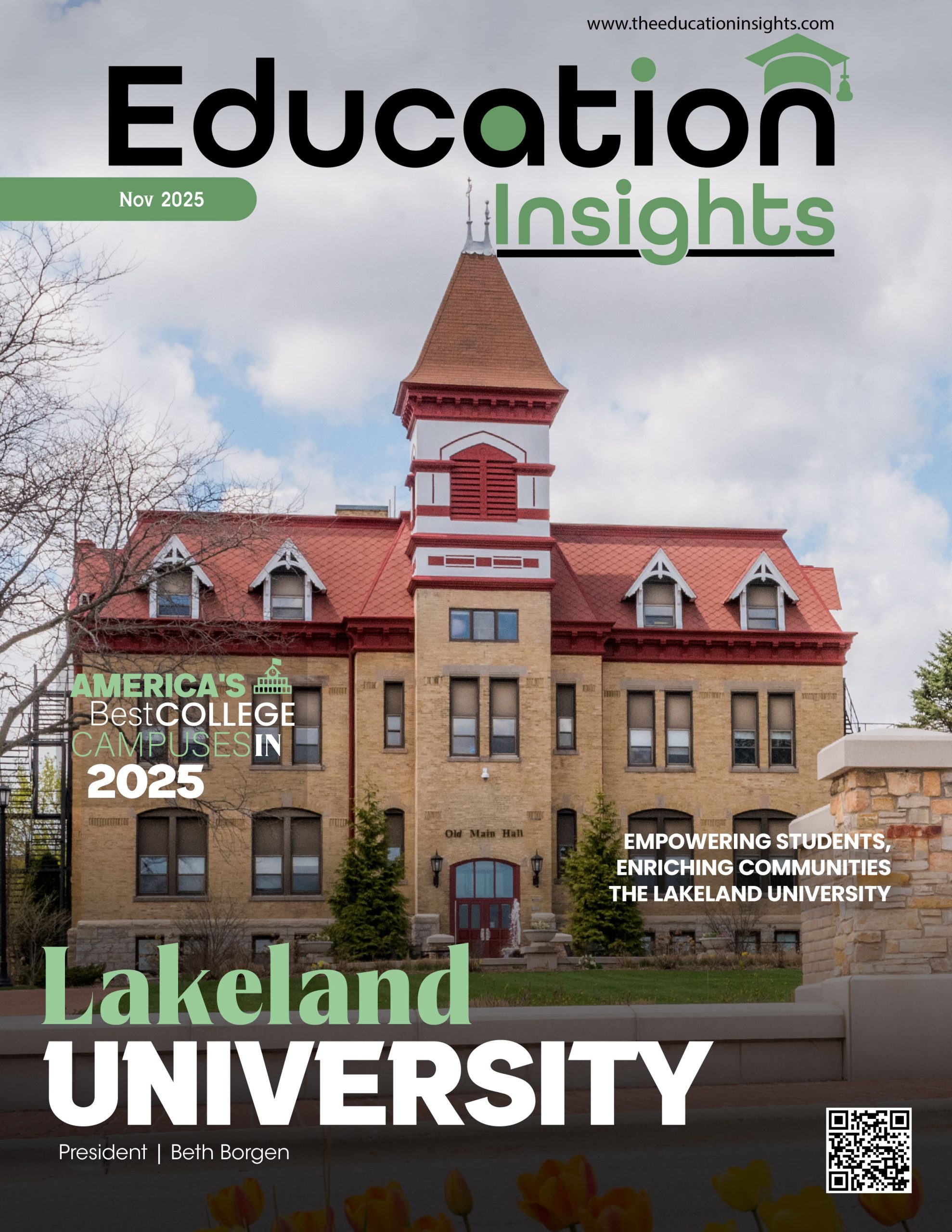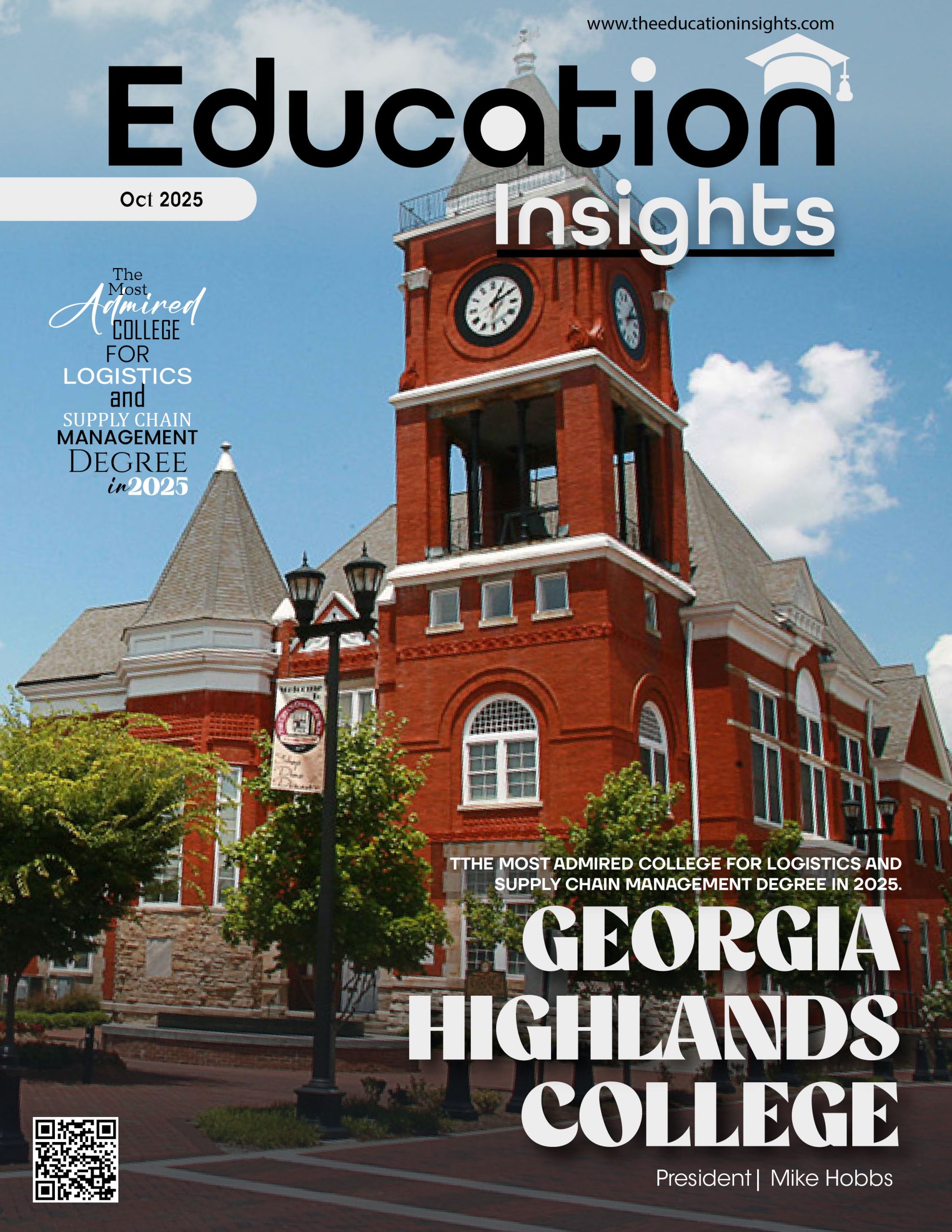Google’s search algorithm is perpetually changing, placing emphasis on high-quality, relevant, and user-centric content. Consequently, certain content types that previously generated substantial traffic are now ineffective. Below are ten types of content that are currently facing challenges in achieving good performance in Google’s search results.
Thin Content
Pages that provide minimal to no valuable information, typically under 300 words and lacking in depth, are no longer able to achieve high rankings. Google prioritizes detailed content that extensively addresses a subject.
Clickbait Headlines
Titles that make exaggerated claims yet fail to deliver can lead to users leaving swiftly, indicating a lack of value to Google. Genuine and descriptive headlines are now favored.
Duplicate Content
Content that is duplicated from other websites without contributing any value or originality is subject to penalties or may be filtered out. Google places a high priority on unique viewpoints and original research.
Over-Optimized SEO Pages
Pages that are filled with keywords solely for the purpose of achieving higher rankings, rather than enhancing user experience, are now identified by Google’s algorithms. The alignment of natural language with user intent has become increasingly significant.
Low-Quality Affiliate Pages
Pages that are exclusively designed to generate affiliate revenue without providing substantial content or insights about products are penalized. Google seeks to observe valuable, expert-quality reviews and comparisons.
Overly Generic Listicles
Basic “Top 10” lists that lack comprehensive information or genuine value are increasingly losing their effectiveness. Both audiences and Google are in search of content that is detailed, supported by data, and provides insightful analysis.
Outdated Evergreen Content
Even content that remains relevant over time requires periodic updates. If a post that was published years ago has not been updated, it is improbable that it will perform well against newer, more contemporary competitors.
Hard-to-Read Content
Blocks of text, inadequate formatting, or absence of subheadings negatively impact user engagement. Readability plays a crucial role in the performance of content in search rankings.
Automated or AI-Generated Spam
Although AI can assist in generating content, content that is produced in bulk without human supervision and originality may face penalties in accordance with Google’s helpful content updates.
Pags Without E-E-A-T Signals
Google currently prioritizes Experience, Expertise, Authoritativeness, and Trustworthiness (E-E-A-T). Content lacking clear authorship, reliable sources, or established domain authority may find it challenging to achieve a high ranking.
Conclusion
To maintain visibility on Google, content creators are required to adjust to elevated standards and the changing expectations of users. Today, the foundations of effective SEO performance are quality, originality, and relevance. Steering clear of obsolete content practices can enhance rankings and yield improved outcomes over time.










